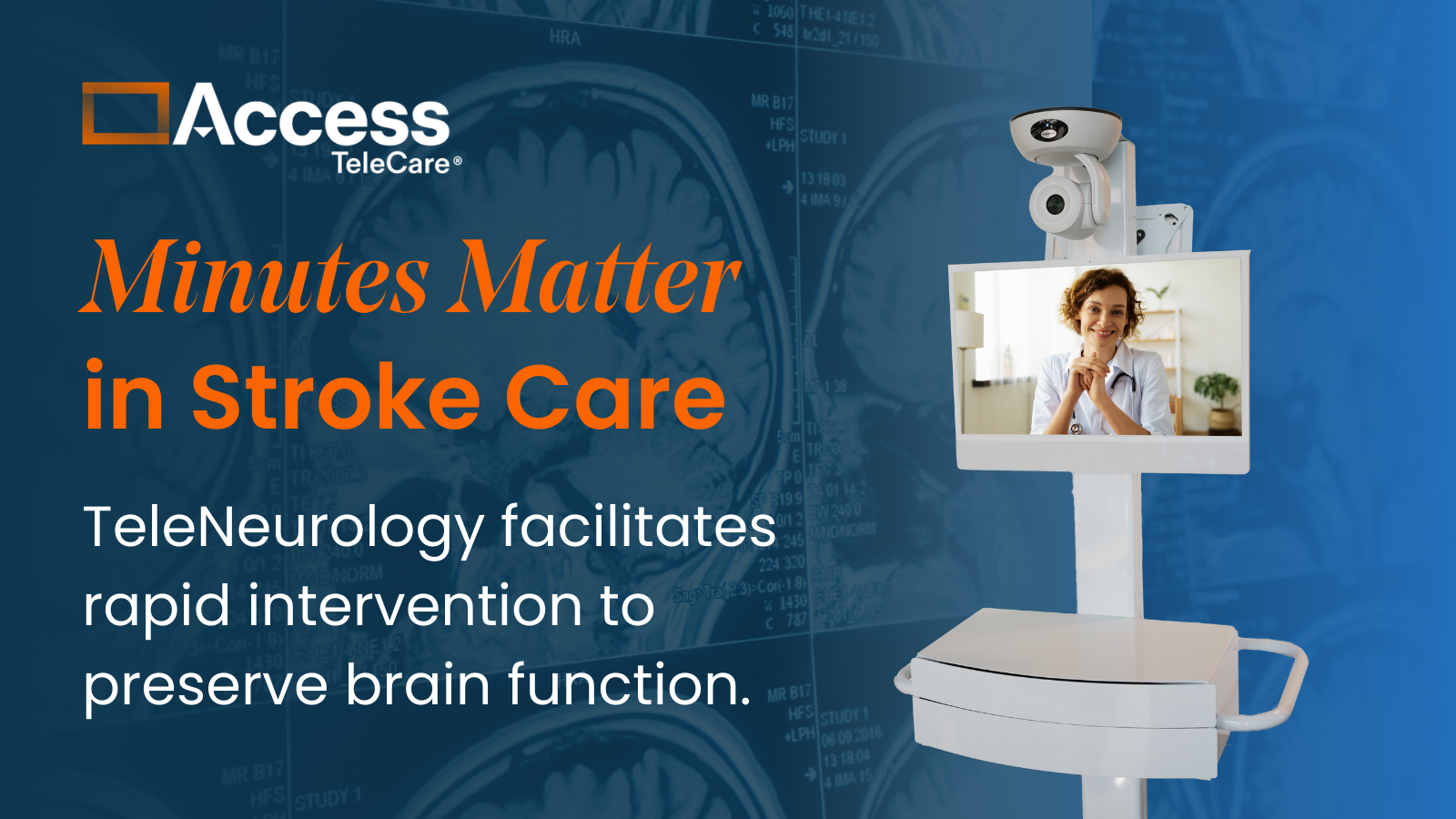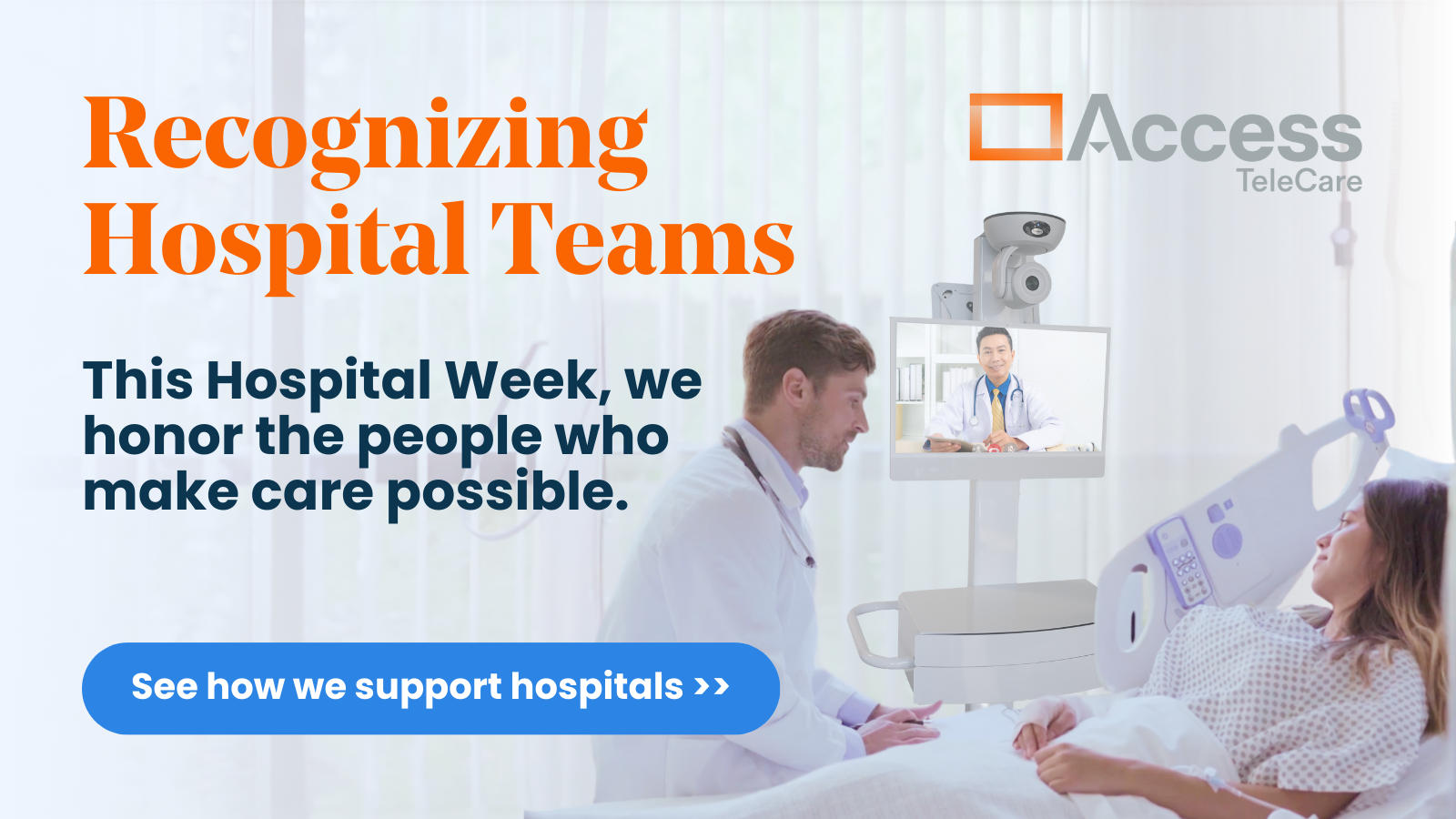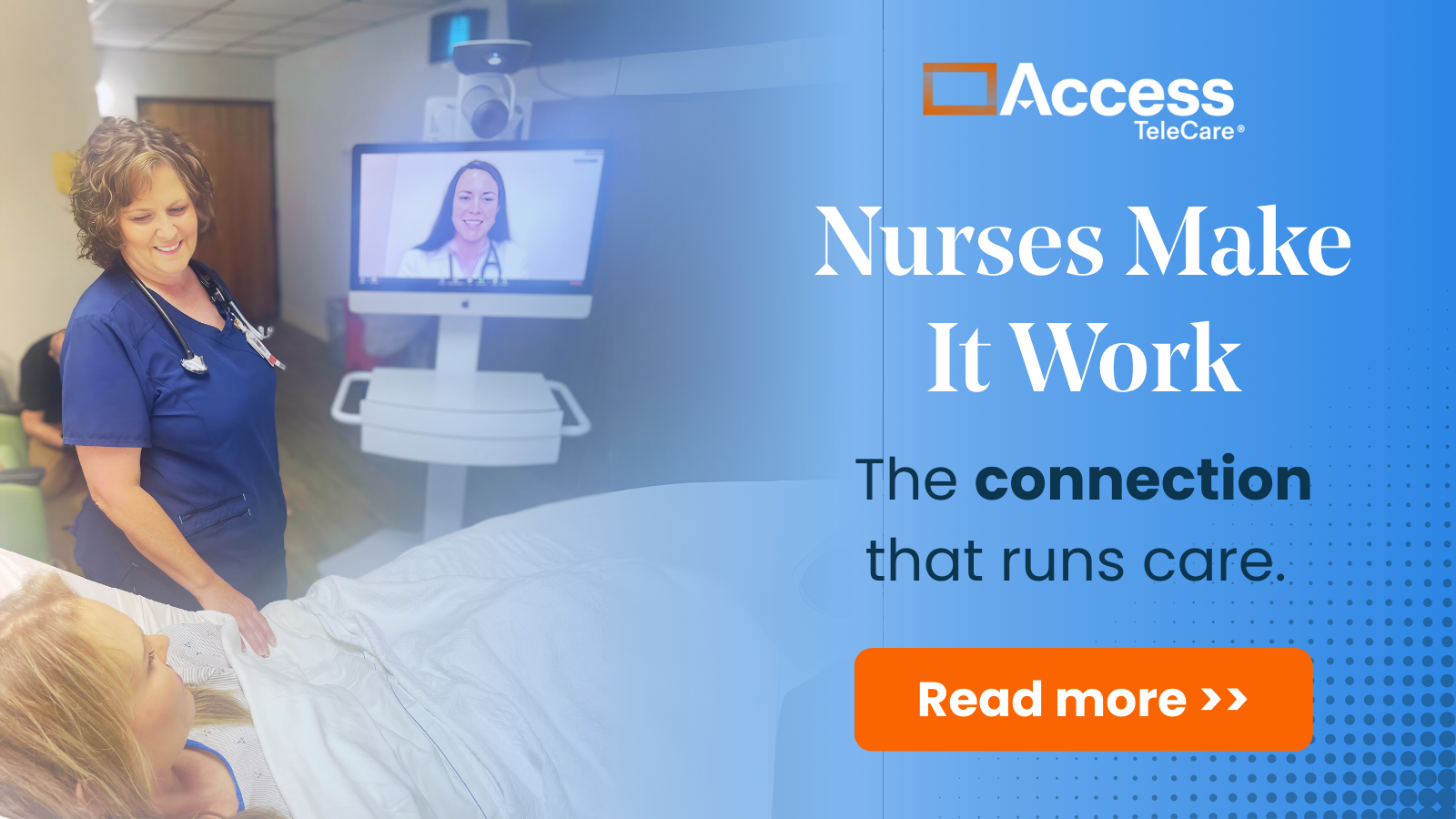Brandon Cunningham is the Senior Director of EMR Integration at Access TeleCare. After serving in the United States Air Force, and earning his master’s degree in Information Technology Concentration in Software Engineering from University of Maryland University College, Brandon founded a consulting company focused on healthcare IT. He has worked to integrate healthcare systems in a variety of organizations, including Johns Hopkins Hospital and Evolent Health. He explains how he helps our clients integrate our telemedicine platform, Telemed IQ, with their EMR systems to streamline workflows for improved patient care.
What is EMR Integration?
Most hospitals have one or more Electronic Medical Record (EMR) platforms that they use as digital patient records. These platforms allow them to communicate and coordinate patient care among a healthcare team. It is embedded in their workflows and includes Computerized Physician Order Entry (CPOE) to order labs, drugs, procedures, radiology—everything. EMR Integration means your system can talk and exchange information with the EMR platforms at the hospital.
Clients want to be able to order a telemedicine consult just like they order everything else. With integration, we are just another option on their EMR menu, so it is seamless to their workflow.
How does EMR integration with a telemedicine platform work?
Once the hospital orders the consult, an amazing amount of stuff happens in the back end. We use FHIR (Fast Healthcare Interoperability Resources) to take information securely from their system, and put it securely into ours. Our Telemed IQ telemedicine platform analyzes acuity and priority and has algorithms in the background to put the patient into the queue for a consult. The physician gets notified on their mobile, desktop or other device that they have a consult and they get on video with the patient. Literally within minutes.
After the consult, notes are sent electronically back to the hospital’s system, again using FHIR. The notes then shows up in the patient’s chart in the hospital EMR.
The clients work in their system, and we work in ours. This helps in increasing speed and reliability. It reduces the issues involved with faxing (getting the fax, scanning it into the system, matching it with the patient, etc.) We are doing everything in seconds electronically which saves time and reduces paperwork.
Is it a lot of work for the hospital to get EMR integration implemented?
We have an Access TeleCare implementation guide for each approved EMR that we provide clients to use, so they don’t need to reinvent the wheel. We consult with their IT teams to match the specification with their systems and conduct testing. We spend a lot of time in online and face-to-face meetings with our client’s IT teams. Hospitals can have multiple EMRs which don’t talk to each other and can add more time to implementation. Our clients love the results because it improves coordination of care within their own facility.
We started with a very successful pilot program. We have now implemented EMR integration with multiple clients with the two largest EMR vendors, Epic and Cerner. Now that the functionality is built, we can go live in 30, 60, 90 days, depending on the aggressiveness of the client and what resources they have available to them.
What is the biggest lesson you have learned with EMR integration?
Becoming agile in the tech space is critical for success. Being able to adapt to changes for the things that come out of nowhere. You think things are all in order; then a workflow presents itself and you have to come up with solutions. Our team and the hospital team have to work together. Sometimes the hospital does not have in-house resources and we have to work with consultants that are located in multiple time zones, which adds to the complexity. Each hospital is unique in their staffing, their approach, and their resources. But, we have to make it work.
How did you get involved with EMR integration?
I spent over five years at Johns Hopkins helping with various interfaces and EMR integration projects with platforms like Meditech and Epic. After that, at Evolent Health, a population health company, I worked on integrations and helped build a platform for value-based care. This integration experience helps me understand the client’s needs, and what they need to accomplish for future implementations.
Why did you start working at Access TeleCare?
The attraction for me was being able to work with a dedicated team to build everything from scratch. I got to be a part of every aspect of our telemedicine platform: touch screen carts, DICOM imaging platform, secure messaging, seamless video conferencing, and EMR integration. There is so much more that goes into a telemedicine consult than getting a provider on screen with the patients.
Why do you enjoy working at Access TeleCare?
I like the creativity and possibility to build something no one else has built. It is a game changer for me. I’m part of the future of healthcare—who doesn’t want to be part of that?
What do you like to do when you aren’t building technology for Access TeleCare?
I actually love engineering projects, developing code and making apps for around the house, like garage door openers. My first computer was a Commodore 64, when I was 10. My Dad had a used car business and got the computer in trade for a car. I’ve been at it ever since.
Brandon has a Commercial Multi-Engine Instrument FAA Pilot license, and is a Reservist with the United States Air Force. Brandon is one of several veterans at Access TeleCare. We have a special interest in hiring returning war veterans, disabled veterans and other military personnel currently transitioning to the private sector who wish to explore telemedicine careers.
If you are interested in learning more about how Access TeleCare works with our client partners to implement EMR integration, please contact us.









